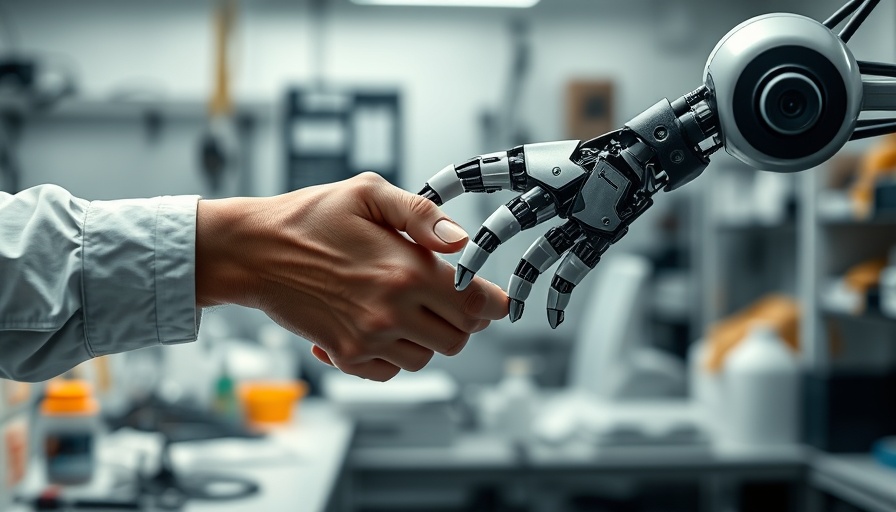
Robotic Skin Revolutionizes Sensory Technology
Researchers have made an extraordinary advancement in robotics through the development of a revolutionary robotic skin that mimics human touch. This new technology, created by a collaboration between the University of Cambridge and University College London, paves the way for robots to interact with the world in a significantly more human-like manner. Made from a flexible, low-cost gel material, this innovative skin turns robotic hands into sensitive, intelligent sensors capable of detecting heat, pressure, and pain.
How It Works: A Breakthrough in Robotics
Unlike traditional robotic touch systems that rely on a complex array of sensors, the new robotic skin is a single, comprehensive sensor. This allows it to detect multiple types of touch simultaneously, from the softness of a gentle caress to the harshness of a cut. With over 860,000 precise pathways in this new material, it interprets the magnitude and type of contact more effectively than ever before. Lead researcher Dr. David Hardman emphasized that by integrating multiple functionalities into one material, their solution is not only easier to manufacture but also more resilient.
Applications Beyond Imagination
The implications of this technological breakthrough are vast. Not only is it a game changer for humanoid robots and prosthetics where sensation is critical, but it also holds potential applications in various industries ranging from automotive to disaster response. For instance, robots equipped with such skin could assist in hazardous areas, providing real-time feedback on environmental conditions and navigational obstacles.
The Future of Robotics Is Here
This new skin technology is a glimpse into the future of robotics, aligning with emerging tech trends that highlight the integration of artificial intelligence and robotics. As robots become increasingly advanced, the ethical ramifications of machines capable of 'feeling' must be considered, opening discussions about the boundaries of AI technology and its impact on society. In a rapidly evolving tech landscape, further innovations like this could very well redefine our interactions with machines.
As we stand on the cusp of significant advancements, it is clear that the fusion of robotics and sensory feedback is set to transform how we think about and use technology in everyday life. It invites us to explore not only how we might enhance robotic capabilities but also how we can ensure these innovations are accessible and beneficial for all.
 Add Row
Add Row  Add
Add 




 Add Row
Add Row  Add
Add 



Write A Comment